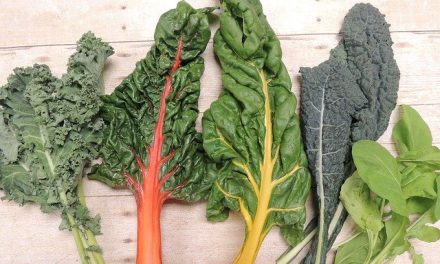When it comes to eating high-fat foods, daughters do as their mothers do, at least to some extent, according to new research reported in the American Journal of Health Behavior.
The researchers found a significant link between the amount of fat that mothers and their adolescent daughters eat, but they also discovered that the link doesn't explain everything about how much fat the daughters eat. If one daughter eats 100 grams of fat a day and another daughter eats 75 grams of fat a day, for example, only 25 percent of that difference could be related to their mothers' fat consumption, while the other 75 percent of the different may be due to other factors.
Although mothers and daughters ate less fiber than the recommended daily standard, there was no association between mother and daughter eating habits when it came to fiber intake, say Cassandra A. Stanton, Ph.D., of Brown University and colleagues.
"Limiting consumption of high-fat snack foods and fast foods may be an important dietary behavior that girls choose to emulate in their mothers in an attempt to diet and control their weight, whereas fiber consumption may not be an area women target when trying to lose weight," Stanton says.
The researchers say that the relatively small influence that mothers' role modeling appears to have on their daughters' diet may mean that there are different diet standards for adults and children within families.
"It may also be that although mothers exert a strong influence on young children, through controlling their dietary choices and availability of food, maternal influence on dietary intake is reduced in adolescence when children have gained more independence and developed more defined food preferences and established habits," Stanton says.
Stanton and colleagues examined the diets of 404 mother-child pairs in rural areas of New York and Virginia. Mothers and children reported their daily food intake on surveys and the researchers calculated the number of grams of fat and fiber for each reported food.
Mothers reported eating significantly less fat and more fiber than their children. The link between what mothers ate and what their children ate was notable only with daughters, not sons, and the correlation was strongest among black mothers and daughters.
Stanton and colleagues suggest that mothers may act as more directly as role models for their daughters, but note that researchers need to know more about how children follow the dietary lead of fathers.
The study was supported by the National Cancer Institute.












